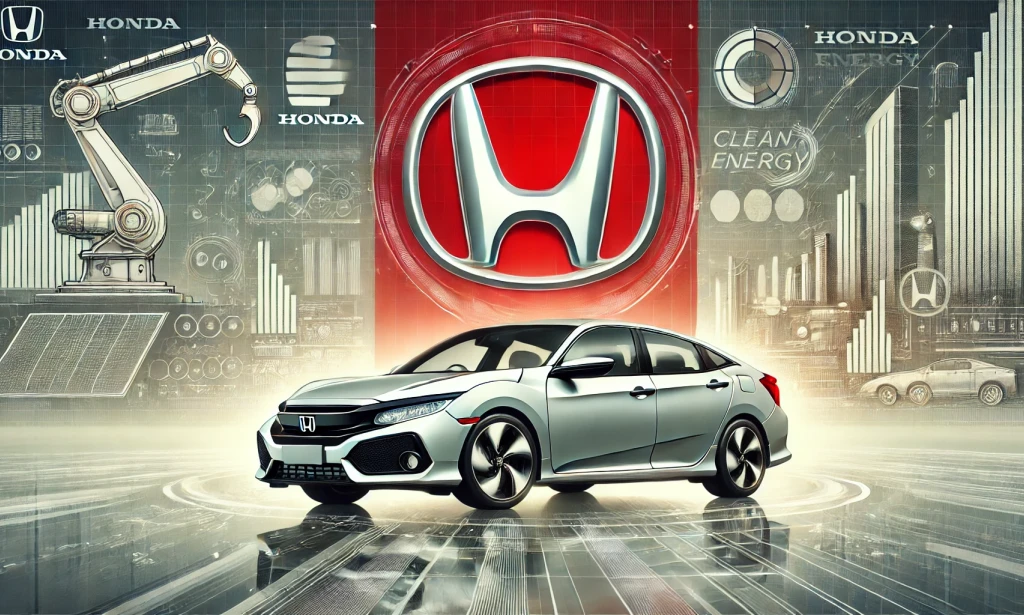Honda's journey began in the aftermath of World War II, when founder Soichiro Honda modified bicycle engines to create auxiliary power units. In 1948, Honda Motor Co., Ltd. was formally incorporated with 34 employees and 1 million yen in capital. Initially focused on motorcycle engines, Honda expanded into automobile manufacturing in 1963 with the release of the T360 mini-truck and S500 sports car. Throughout the 1960s and 1970s, Honda continued to innovate, entering Formula 1 racing in 1964 and developing groundbreaking technologies like the CVCC engine in 1972. The company grew globally, establishing its first overseas subsidiary in North America in 1959. Honda's research and development arm was established in 1960 to focus on innovation. Over the decades, Honda has continued to push boundaries, introducing the world's first car navigation system in 1981, announcing ASIMO the humanoid robot in 2000, and beginning lease sales of the FCX fuel cell vehicle in 2002. Recent developments include rejoining Formula 1 in 2015, launching the HondaJet aircraft in 2015, and partnering with Sony for electric vehicle development in 2022. Throughout its history, Honda has maintained a commitment to innovation, safety, and environmental responsibility, evolving from a small motorcycle manufacturer to a global automotive and technology leader.
This summary captures the key milestones and developments in Honda's history, highlighting its growth from humble beginnings to its current status as a diversified technology company. It emphasizes Honda's focus on innovation and its expansion into various sectors beyond just automobiles.


You must be logged in to post a comment.